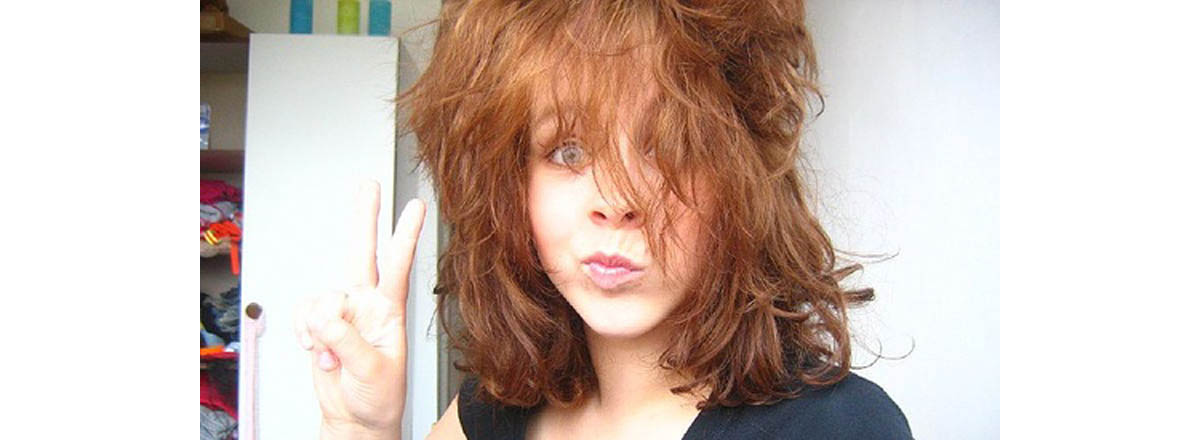
Here's how you can do better — and give your luscious locks a much-needed health boost.
Apply only as much shampoo as you need for the length and texture of your hair. Long hair should need no more than a tablespoon of shampoo at best. Shorter hair will require even less shampoo. Massage the shampoo into the scalp using your fingertips. Despite what it says on many shampoo bottles, one shampooing is generally all that is needed. Not getting enough lather? Try adding more water, not more shampoo.
Begin the rinse with warm water. Rinse thoroughly and finish with a cold rinse to boost the shine of your hair.
Apply conditioner to the hair shaft only and work it through the hair, as you may have observed professional hair stylists do at salons. Avoid applying your conditioner directly onto the scalp. Unless it is a leave in formula, leave your conditioner on for only a minute or so before rinsing it off with warm water. Be sure to remove all conditioner from the hair, to prevent residue from settling on the hair.
Gently squeeze out as much excess water as possible and lightly blot hair with a towel. Do not rub wet hair with a towel or try to comb through it. Wet hair is more fragile and breakage can occur easily.
Care for Hair Types
Different hair types call for different hair cleaning products. Dyed hair requires special care to prevent damage and maintain the color for longer. Use shampoos that are formulated for color-treated hair. Avoid stripping the color from hair by using special cleansing shampoos that are formulated to help remove build-up of hair products.Oily and straight hair should never be treated with heavy hair masks or other deep cleansing treatments, no matter how appealing they may seem. You want to use only clean, light hair care products on this hair type to prevent unnecessary oily buildup on the hair shaft, which will make the hair look dirty and uncared for. Avoid putting any products directly onto the scalp, as this will further stimulate oil production.
Curly hair usually requires less frequent shampooing, as it tends to be a bit dry. Shampooing too often can lead to increased dryness and result in damage and breakage. Massaging a gentle conditioner onto the hair can work as a cleansing technique to freshen it up between shampoos. This technique can be beneficial to straight hair that is kinky and frizzy as well.
Shampoo is generally formulated to be stronger than what is necessary to clean the hair. Proper cleansing can still be achieved with a little dilution to the product. Adding a bit of water to the shampoo will clean the hair just as well, but will do so with much less potential damage to the hair.
Shampoo Alternative
Hair products
- www.webmd.com/healthy-beauty/features/how-often-wash-hair
- health.howstuffworks.com/skin-care/scalp-care/tips/how-often-wash-hair.htm
- Photo courtesy of on Flickr: www.flickr.com/photos/cybertoad/1254972386
- Photo courtesy of on Flickr: www.flickr.com/photos/mloesjeenzo/515972114

